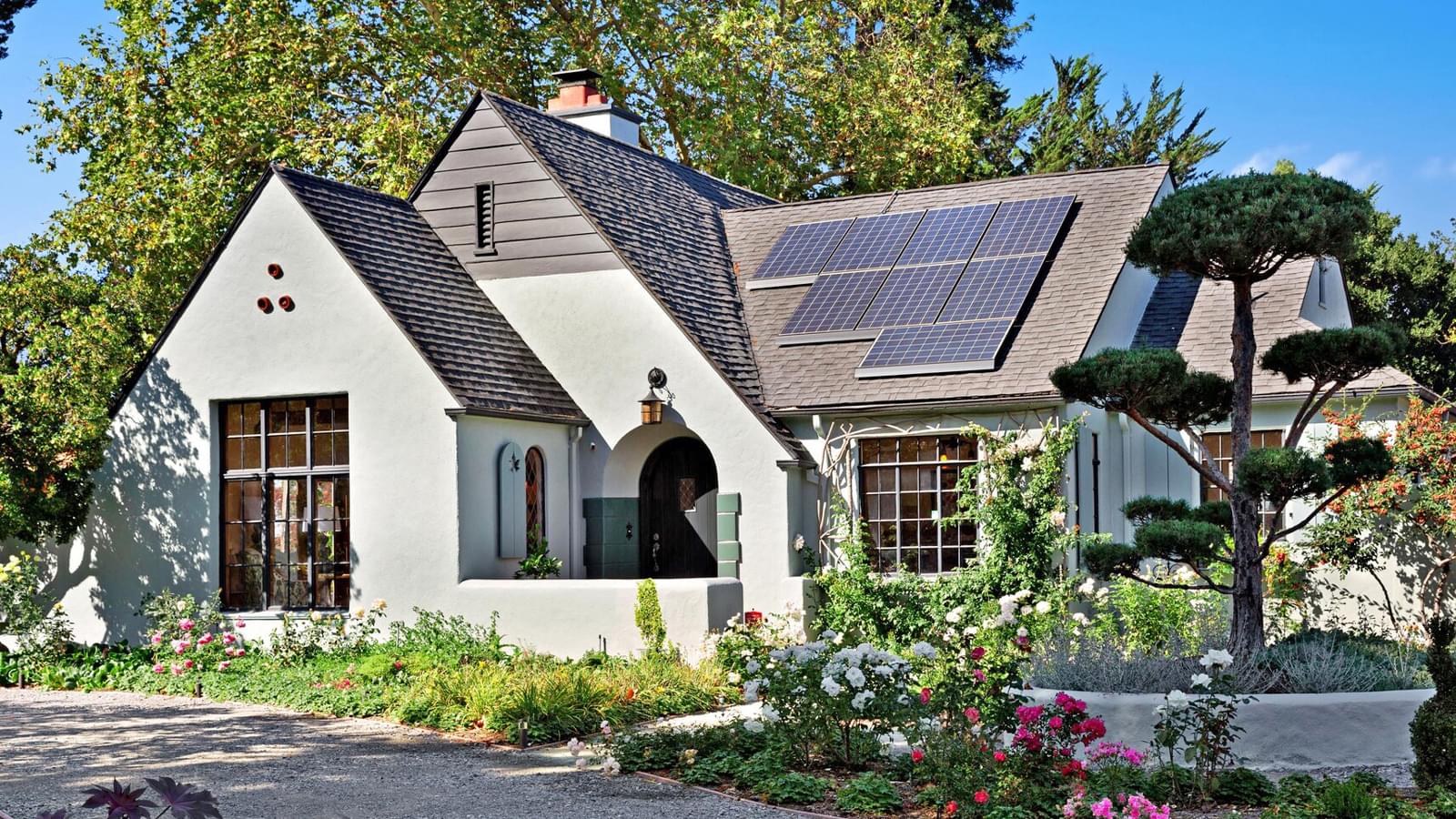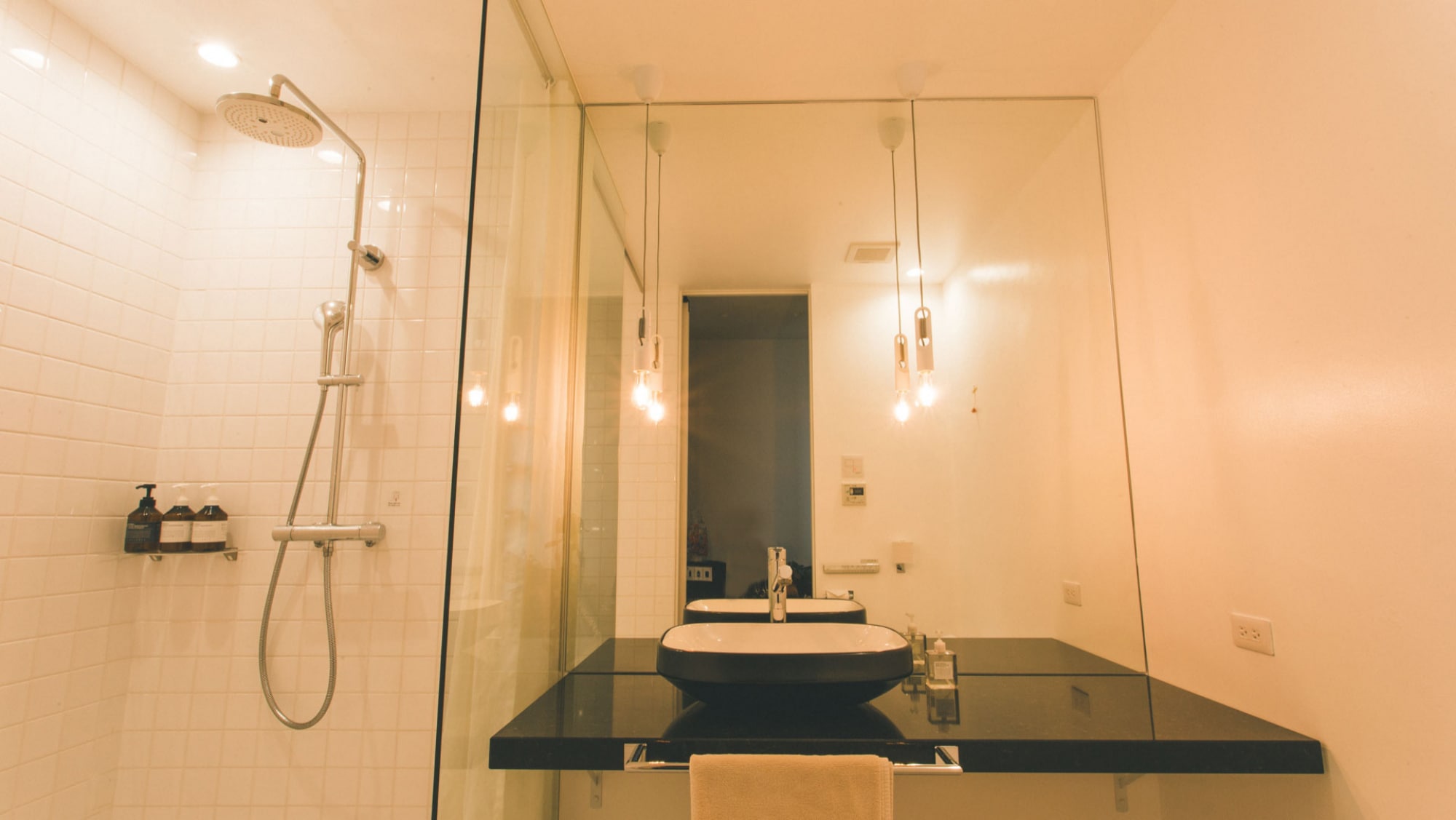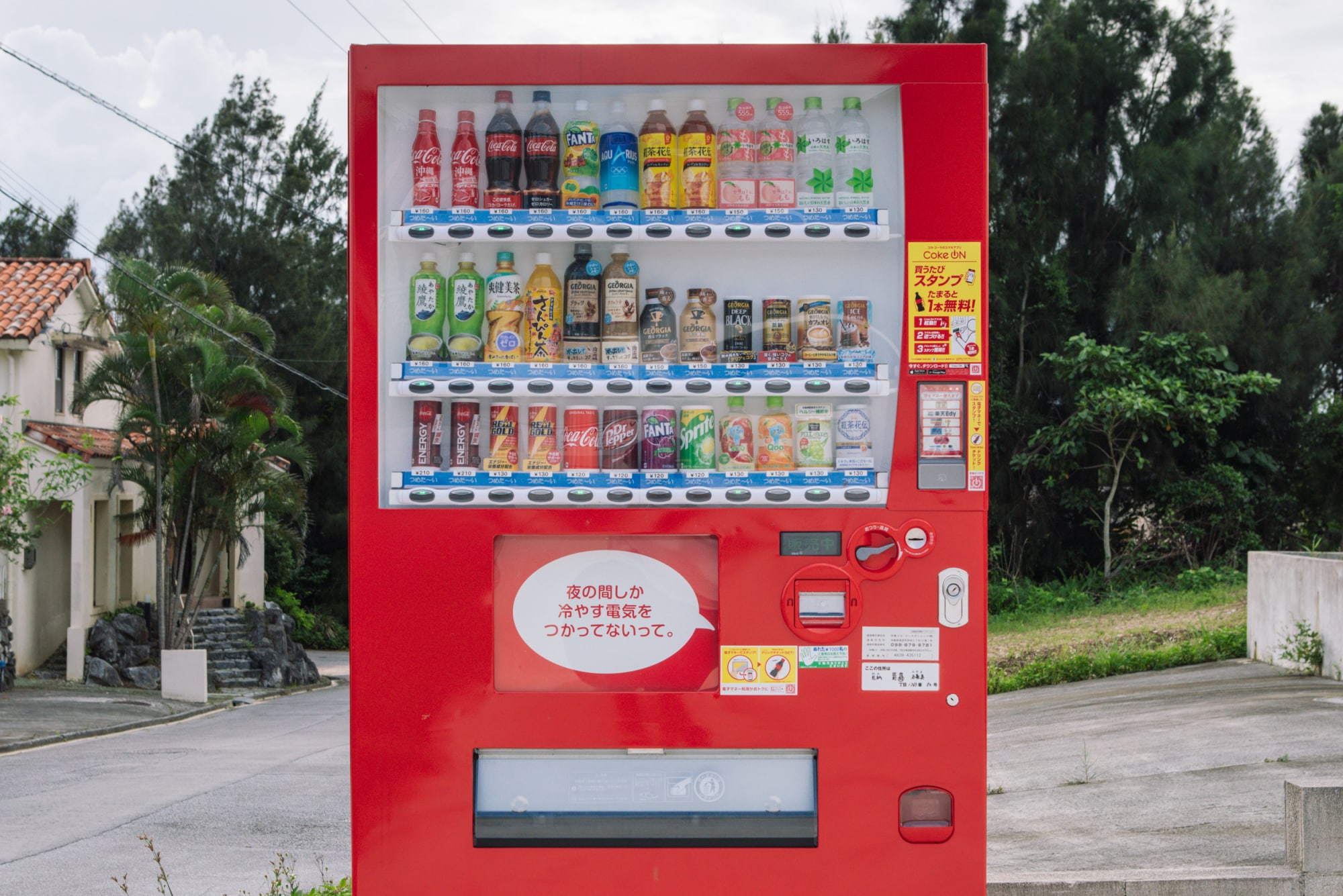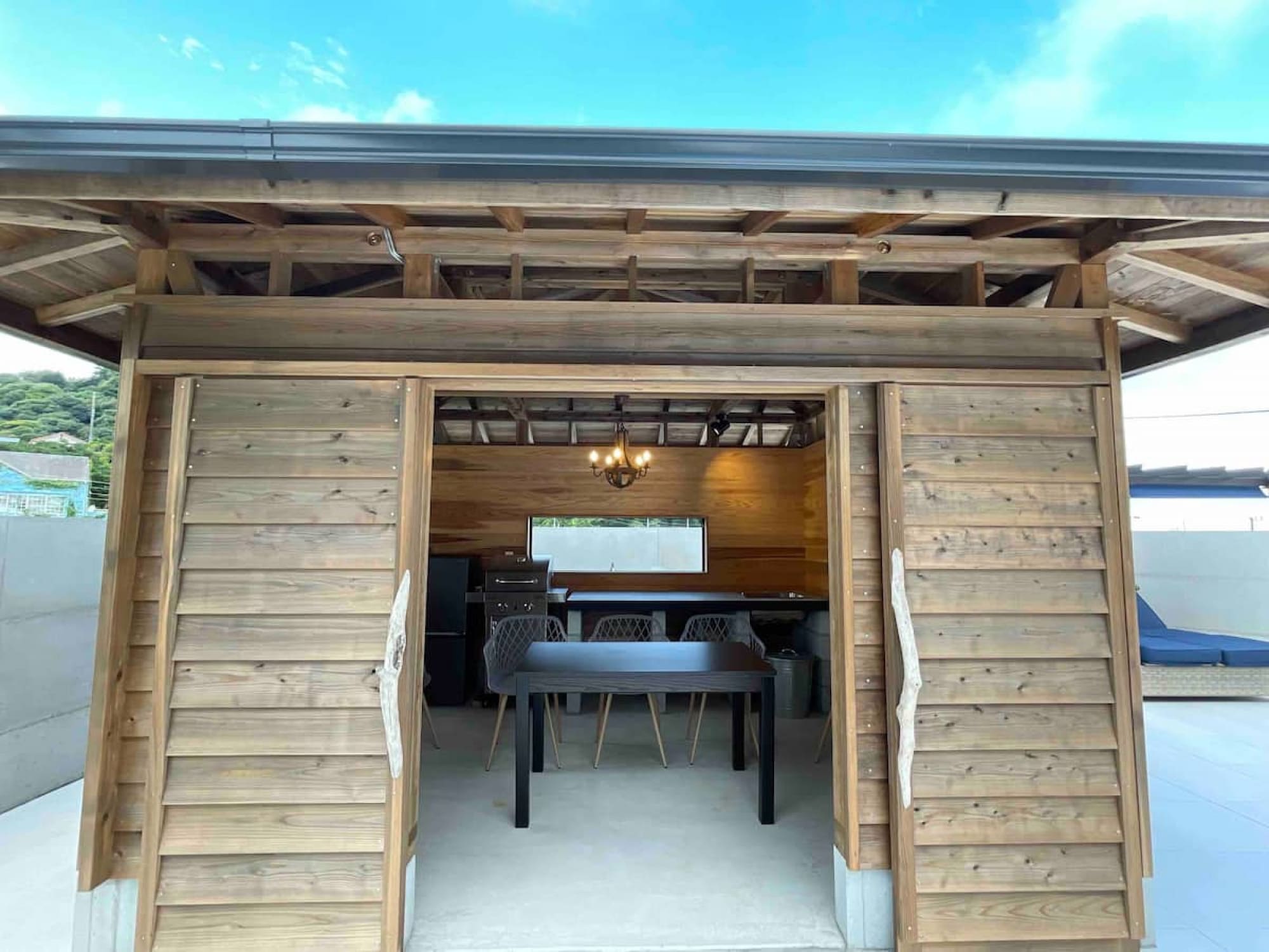Japan Vacation Rentals
Explore 329 rental homes and villas in Japan for your next vacation or business travel. With private vacation home rentals, enjoy a more personalized stay and a wide range of home amenities.
Types of vacation rentals in Japan
Where to stay in Japan
Booking a vacation rental in Japan?
Here are some things to know to support your visit:
Japan Overview
Immerse yourself in the enchanting allure of Japan, a land where the delicate balance of ancient tradition and cutting-edge innovation crafts an unparalleled travel odyssey. Envision yourself nestled in a private home, a serene haven that you can call your own, offering a more intimate and authentic experience of the Japanese way of life. Many of these homes are pet-friendly, ensuring that your beloved companions can join in on your adventures.
In the vibrant heart of Tokyo, the city's neon glow and dynamic streets beckon. Marvel at the latest gadgets in Akihabara, embrace the avant-garde fashion of Harajuku, and find tranquility in the Imperial Palace's lush gardens. Tokyo's culinary landscape is a gastronome's dream, boasting an array of Michelin-starred establishments that serve everything from the finest sushi to the most comforting bowls of ramen.
Journey to Kyoto, where the soul of Japan's heritage thrives amidst over a thousand temples and shrines. The Fushimi Inari Shrine, with its mesmerizing corridors of vermilion torii gates, is a sight to behold. Stroll through the historic Gion district, where the wooden machiya houses stand as a testament to time, and you might catch a glimpse of a geisha in her elegant attire.
Venture north to the pristine island of Hokkaido, a haven for nature lovers and adventurers alike. Here, the options are endless: carve through the fresh snow of Niseko, explore the untouched wilderness of Daisetsuzan National Park, or unwind in the therapeutic waters of Noboribetsu's volcanic hot springs.
For a change of pace, the subtropical Okinawan islands offer a unique Japanese experience with their distinct Ryukyu culture and inviting beaches. Dive into the azure waters, visit the awe-inspiring Churaumi Aquarium, and explore the historic grandeur of Shuri Castle.
Kanazawa allows you to step back in time to the era of the samurai with its well-preserved Nagamachi district and the exquisite Kenrokuen Garden. The cities of Hiroshima and Nagasaki, with their Peace Memorial Parks and Museums, stand as poignant tributes to history and beacons of hope for the future.
Japan's scenic tapestry is rich and varied. The majestic Mount Fuji is a sight to cherish, whether admired from afar or conquered by foot. The Japanese Alps beckon with their stunning vistas, offering you the chance to stay in a traditional ryokan with soothing onsen baths.
While homes with swimming pools are not as common in Japan due to its climate and cultural preferences, there are select rental options available for those who desire this luxury. Moreover, Japan's coastal regions, particularly in areas like Okinawa, are known for their beautiful waterfronts, providing a perfect backdrop for those seeking a tranquil escape by the sea.
The seamless blend of Japan's efficient transportation, including the iconic Shinkansen bullet trains, and the vibrant tapestry of festivals, from the cherry blossoms in spring to the Gion Matsuri in summer, ensures that your journey through this captivating country will be as smooth as it is unforgettable.
Japan is not just a destination; it's a canvas of experiences waiting to be painted with your own memories. Whether you're drawn to the pulsating energy of its cities or the serene beauty of its natural landscapes, Japan promises a journey that will resonate with you long after you've returned home.
Cultural Attractions in Japan
Japan is a cultural enthusiast's paradise, offering a rich tapestry of arts, history, and local customs that are both deeply traditional and dynamically modern. From ancient temples to contemporary art galleries, and from serene tea ceremonies to electrifying live music scenes, Japan presents a unique blend of experiences that cater to every cultural appetite.
Begin your journey in Tokyo, where the art scene is as diverse as it is prolific. The Mori Art Museum in Roppongi showcases contemporary art with a view, while the Tokyo National Museum in Ueno Park is the place to delve into Japan's extensive history, with artifacts dating back thousands of years. Don't miss the Edo-Tokyo Museum for a fascinating look at Tokyo's transformation from a feudal town to a modern metropolis.
For live music, Tokyo's neighborhoods of Shibuya and Shinjuku are buzzing with venues that host everything from J-pop to jazz. The Blue Note Tokyo is an iconic spot for jazz lovers, while the traditional Kabuki-za Theatre offers a chance to experience kabuki, a classical Japanese dance-drama known for its stylized performances and elaborate makeup.
Kyoto, the heart of traditional Japan, is where you can immerse yourself in the country's rich cultural heritage. Visit the Kyoto National Museum for its extensive collection of pre-modern Japanese and Asian art or explore the city's countless temples and shrines, such as Kinkaku-ji (the Golden Pavilion) and Fushimi Inari-taisha, which offer insights into Japan's spiritual history and practices.
Art enthusiasts should not miss the opportunity to visit Naoshima, the 'art island' in the Seto Inland Sea, known for its modern art museums, installations, and sculptures that blend seamlessly with the island's natural beauty.
In Kanazawa, the 21st Century Museum of Contemporary Art presents cutting-edge works in an innovative space, while the city's well-preserved samurai and geisha districts, along with the Kenrokuen Garden, one of Japan's three great gardens, provide a glimpse into the country's feudal past.
Local customs are best experienced through Japan's many festivals, such as Kyoto's Gion Matsuri, with its grand procession of floats, or Tokyo's Sumida River Fireworks Festival. Participate in a tea ceremony, wear a kimono for a day, or join a local cooking class to learn how to make sushi or other Japanese delicacies.
Japan's cultural offerings are as varied as they are profound, providing a deep connection to the past while embracing the pulse of the present. It's a destination where every experience is an opportunity to gain a deeper understanding of this fascinating country's art, history, and traditions.
Family friendly activities in Japan
Japan is a wonderland for children, offering a delightful mix of traditional culture and modern attractions that are sure to captivate young minds and hearts. From the neon-lit streets of Tokyo to the serene temples of Kyoto, there's an adventure waiting around every corner.
In Tokyo, start your family journey at Tokyo Disneyland and Tokyo DisneySea, where fairy tales and fantasy worlds come to life. These theme parks are filled with thrilling rides, beloved characters, and magical parades that will enchant children of all ages.
For a taste of pop culture, visit Akihabara, known as the mecca for anime and manga enthusiasts. Here, kids can explore stores filled with action figures, video games, and collectibles. Don't miss the Pokémon Center, where they can immerse themselves in the world of Pokémon.
The Ghibli Museum in Mitaka is another must-see for families. Dedicated to the works of the famous Studio Ghibli, it offers a whimsical experience with interactive exhibits, a rooftop garden, and a theater showcasing exclusive short films.
In Odaiba, the futuristic entertainment hub, you'll find attractions like teamLab Borderless, a digital art museum that creates an interactive world of light and color, perfect for sparking children's imaginations.
For a more educational experience, the National Museum of Nature and Science in Ueno offers hands-on exhibits on everything from dinosaurs to space exploration. Nearby, Ueno Zoo is home to a variety of animals, including the beloved giant pandas.
Traveling to Kyoto brings a change of pace with its rich history and cultural heritage. Kids can dress up in traditional kimonos and explore ancient temples and shrines, such as Kiyomizu-dera, known for its stunning views and clear waters.
Don't miss the chance to experience a bullet train ride, an exciting and efficient way to travel between cities. The high-speed Shinkansen is an attraction in itself, offering a smooth and futuristic journey across the country.
For a touch of nature, visit Nara Park, where friendly deer roam freely and can be fed by visitors. It's a unique opportunity for children to interact with wildlife in a respectful and memorable way.
Japan's blend of high-tech attractions, timeless traditions, and natural beauty makes it an ideal destination for families. With activities that educate, inspire, and entertain, children will leave with memories that last a lifetime.
Outdoor activities in Japan
Japan, a land of profound natural beauty, offers a myriad of outdoor experiences that cater to the nature enthusiast. From the northern reaches of Hokkaido to the subtropical islands of Okinawa, Japan's diverse landscapes provide a playground for a wide range of activities set against stunning backdrops.
In Hokkaido, Japan's northernmost island, the great outdoors is a canvas of wild beauty. Here, you can explore the unspoiled wilderness of Daisetsuzan National Park, Japan's largest national park, which offers excellent hiking, skiing, and hot springs. The Shiretoko Peninsula, a UNESCO World Heritage site, is another gem where you can witness drift ice, encounter diverse wildlife, and enjoy activities like hiking and ice-walking.
Moving to Honshu, the Japanese Alps stretch through the heart of the island, offering challenging climbs and serene walks alike. The iconic Mount Fuji, a symbol of Japan and a UNESCO World Heritage site, beckons climbers from around the world to ascend its slopes. The surrounding Fuji Five Lakes area is also a haven for outdoor activities such as camping, boating, and fishing.
The ancient Kumano Kodo pilgrimage trails in the Kii Peninsula invite hikers to follow in the footsteps of emperors through sacred forests to grand shrines and temples. The trails offer a spiritual journey amidst the natural splendor of waterfalls, rivers, and mountains.
For those seeking a coastal experience, the Seto Inland Sea with its tranquil waters and dotted islands is perfect for kayaking and cycling, particularly on the Shimanami Kaido route that connects the islands with a series of bridges.
Japan's subtropical side shines in Okinawa, where you can dive into a world of coral reefs and colorful marine life. The Kerama Islands are renowned for their clear waters and vibrant coral gardens, making them a diver's paradise. On land, the lush jungles and mangroves of Iriomote Island offer adventurous trekking and kayaking opportunities.
Lastly, Japan's numerous onsen (hot springs) provide the ultimate outdoor relaxation. From the volcanic hot springs of Beppu to the snow-covered onsens of Nagano, where snow monkeys famously bathe, these natural spas are the perfect way to unwind after a day of exploration.
In every corner of Japan, the natural world offers a profound connection to the elements, a chance to rejuvenate, and an invitation to partake in the country's deep respect for nature. Whether scaling peaks, traversing ancient trails, or diving into the deep blue, Japan's outdoor offerings are as rich and varied as the culture itself.
Weather in Japan
Japan offers a diverse climate that varies significantly from the northern island of Hokkaido to the southern subtropical islands of Okinawa. Understanding the seasonal weather patterns is key to planning the perfect trip to this culturally rich and scenic country.
Spring (March to May) is one of the most popular times to visit Japan, with mild temperatures and low humidity. The cherry blossom season, which typically peaks in late March to early April, is a particularly magical time when the country is adorned with delicate pink blossoms. Temperatures during spring range from 10°C to 20°C, making it comfortable for sightseeing and outdoor activities.
Summer (June to August) can be hot and humid, with temperatures often exceeding 30°C. The season starts with the rainy period in early June, which can last for several weeks, bringing frequent showers and overcast skies. However, the rest of the summer is characterized by bright, sunny days, perfect for festivals and fireworks displays. Travelers should be prepared for the high humidity, which can make the heat feel more intense.
Autumn (September to November) is another excellent time to visit Japan. The weather cools down, and the humidity drops, offering clear, crisp days with temperatures ranging from 15°C to 25°C. The changing leaves, known as koyo, create a stunning display of reds, oranges, and yellows, particularly in the mountainous regions and public parks.
Winter (December to February) is generally cold, with temperatures ranging from 0°C to 10°C, depending on the region. The northern areas, especially Hokkaido, experience heavy snowfall and are popular for winter sports. Meanwhile, the southern regions, such as Kyushu and Okinawa, remain relatively mild and are often free from snow, making them pleasant winter destinations.
The most popular weather conditions are found in spring and autumn, when the temperatures are moderate, and the scenery is at its most striking. These seasons also coincide with some of Japan's most celebrated cultural events, adding to the allure of visiting during these times.
For those seeking the most pleasant climate, late spring (May) and early autumn (October) typically offer the best combination of comfortable temperatures, lower precipitation, and the beauty of nature in bloom or in vibrant fall colors. These months provide an ideal balance for exploring both the bustling cities and the tranquil countryside of Japan.
Transportation in Japan
Japan, a country renowned for its efficient and extensive transportation systems, offers travelers a multitude of options for arrival, departure, and exploration. International visitors typically arrive in Japan via air, landing at major airports such as Tokyo's Narita and Haneda, Osaka's Kansai International, or Nagoya's Chubu Centrair International. From these gateways, a network of trains, buses, and taxis provide seamless connections to city centers and beyond.
Within Japan, the pride of the country's transportation system is the Shinkansen, or bullet train, known for its punctuality, speed, and comfort. The Shinkansen network connects major cities across the islands of Honshu, Kyushu, and Hokkaido, making it an ideal choice for long-distance travel.
For urban navigation, cities like Tokyo, Osaka, and Kyoto boast comprehensive public transit systems. Tokyo's subway and train lines, operated by various companies including JR East, Tokyo Metro, and Toei Subway, are the arteries of the city, connecting all major districts and suburbs. Similarly, Osaka's subway and the extensive bus network in Kyoto are reliable and convenient for tourists.
Taxis in Japan are clean, safe, and reliable, albeit more expensive than public transportation. They can be hailed on the street or found at taxi stands, and are a good option for travel late at night when trains and buses may not be operating.
Japan is also a walkable country, with cities designed to accommodate pedestrians. Many urban areas have well-maintained sidewalks and pedestrian zones. Neighborhoods such as Tokyo's Shibuya and Harajuku, Kyoto's Gion, and Osaka's Namba are particularly pedestrian-friendly and offer a close-up view of Japan's urban culture.
For those who prefer to cycle, many cities offer bike rental services, and some, like Kyoto, are particularly bike-friendly due to their flat terrain and numerous bike paths.
For inter-island travel, domestic flights are efficient and frequent, connecting the main islands and even smaller destinations. Ferries also provide a scenic alternative for reaching islands such as Hokkaido, Okinawa, and the numerous smaller islands dotting the Seto Inland Sea.
In summary, Japan's transportation options are diverse, efficient, and cater to a range of preferences and budgets. Whether you're zipping across the country on a bullet train, navigating the orderly subway systems, or enjoying a leisurely walk through a bustling district, Japan's infrastructure makes it easy to enjoy the journey as much as the destination.










